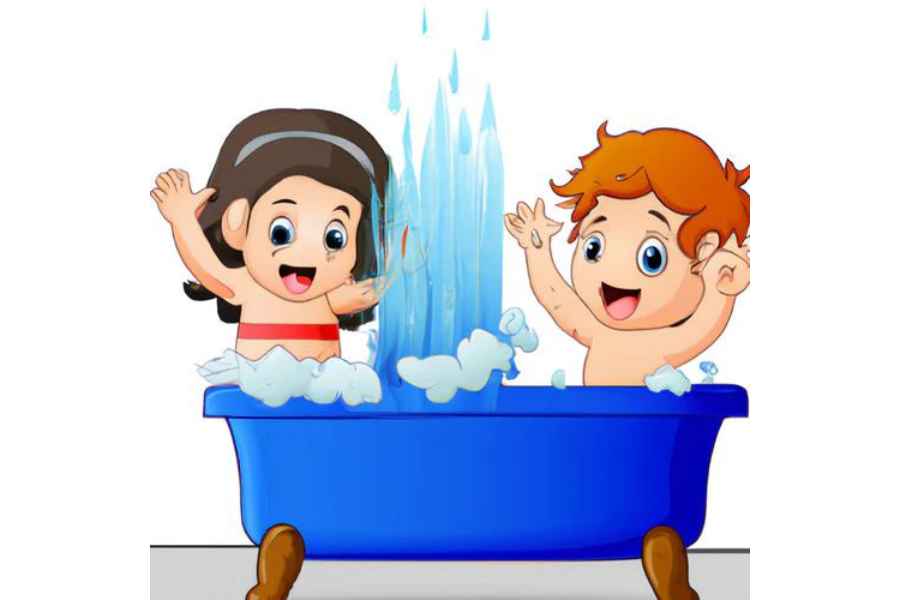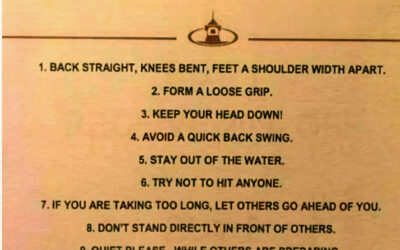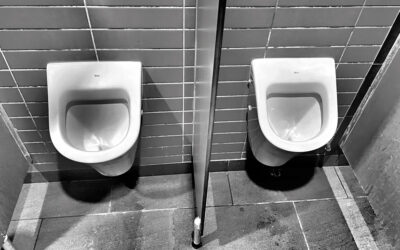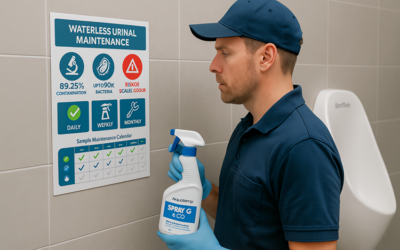An Oxijet water-saving shower head dispels a common misconception that baths save more water than showering. Water Efficiency Labelling and Standards Scheme or WELS testing confirms that WELS-compliant showers use less water than baths.
However, showers do use 25% of households’ water usage. A long shower is over 8 minutes and will often use more water than a regular bath – but if you have a complaint WELS-rated shower head, you will save on your water bill.
The amount of water consumption for bathing vs showering
The average 8-minute shower uses about 120 litres of water, whereas an average bath uses around 140 litres, depending on the depth filled. But installing an Oxijet water-saving shower head will reduce water consumption by at least 40%. Using an Oxijet will then minimise water consumption to 72 litres. And if you manage to shower in just four minutes using an Oxijet water-saving shower head, you can expect to use just 36 litres of water.
An Oxijet water-saving shower head ensures you feel like you are having a power shower but using a lot less water.
Bathing small children
If you have small children, sometimes bath time is unavoidable as it’s the most convenient way to get them clean. To cut costs and work towards water conservation, consider filling the bath with just the right amount of water you need and avoid filling it to the top. Also, consider bathing more than one child simultaneously to reduce water waste.
When bathing a baby, ensure you use a purpose-designed baby bath, as it is an efficient method of bathing a baby in a safe location compared with your regular bath or shower.
The time spent in a shower
A report commissioned by Energy Australia found many people shower to do ordinary things such as daydreaming and brushing their teeth, essentially wasting time (and water), using those minutes to escape from daily life.
The report also showed some people love showers so much that they take three a day – wasting large amounts of water needlessly.
The study also found that during the week, teenagers spend the most extended amount of time showering, taking an average of 7.41 minutes. Conversely, the shortest showers were taken by those older than 40, and this age group spent about 6.54 minutes in the shower each time.
Women also take longer in the shower than men because they do longer activities, such as shaving their legs. As a result, women have a hotter shower, up to 5°C hotter than men. On weekends, women would spend about 8.08 minutes showering, whereas men would take just 7.34 minutes.
Cost comparisons as an Oxijet saves money with every shower
According to the Energy Australia report, the electricity used for a shower that lasts one minute is enough to power a television for four hours. However, many families didn’t realise how expensive showering can be without an Oxijet water-saving shower head, and they would save more than $295 a year if they cut their showers by two minutes each time.
Think before you turn on the tap
With the cost of showering in mind, the next time you turn on the shower, see if you can take your shower in a shorter space of time. Not only will you be saving water and electricity and helping the environment, but you could also save yourself some money.

Gary Mays, born and educated in Auckland, New Zealand, has called the Gold Coast, Queensland, Australia, home since 1986. Currently, the Executive Director at Whywait Plumbing Pty Ltd and Aquatemp Environmental Solutions Pty Ltd. He’s a licensed plumber with an impressive international business background in New Zealand, Australia, and Singapore. Gary is known for his vigorous advocacy in plumbing, water conservation, sustainability, and small business growth. He is an influential and forward-thinking leader, a frequent voice in modern media for his industry insights and deep dedication to ecological, environmental, and professional causes.





